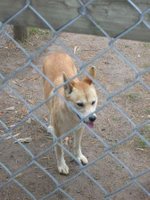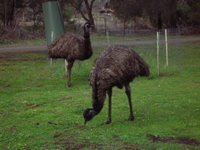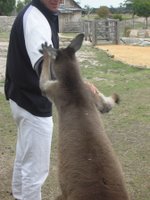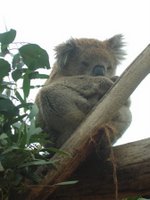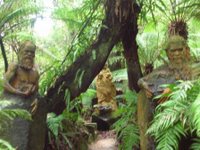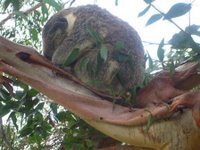A day on the river
It's now Wednesday evening and today is our last day here in Chiang Mai. We didn't actually spend the day on the river, but we did go for a two-hour cruise. We'd thought of hiring a motor-bike today in order to get out of the city. I would have liked to visit the Hill Tribe Museum which is out of town, for example. Anyway, we decided that it would be more enjoyable to have a day chilling out. We had breakfast in the cafe at the end of our street. I had the ubiquitous Pad Thai - fried noodles - with chicken, along with a glass of fresh mango juice. After that, we went for coffee at 'Zest', further down Moon Muang , where the coffee is only 30 baht a cup, with a free top-up as a bonus. We'd been going to the Black Canyon coffee house on the corner of Ratchadamern and Moon Muang until we discovered the 'Zest' cafe. Black Canyon coffee is good and it's a Thai chain of coffee houses so it's more appropriate to go there than to Starbucks, but the Zest coffee is cheaper and just as good.
We walked to the southern end of Moon Muang after coffee, then crossed the moat which delineates the boundaries of the old city and headed east along Sridornchai until we reached the Mae Ping river. The river cruises leave from a pier behind Wat Chaimongkol. The term 'river cruise' makes them sound very grand. In fact there were four of us, plus the 'skipper' on a very basic boat. We went north up the river for about 45 minutes, then stopped for a while at the Farmer's House landing. Here we disembarked and were gien a brief tour of part of the garden, where Thai plants - herbs, vegetables and fruits - were pointed out to us by our 'skipper'. After this we were served with a platter of fresh pineapple and watermelon each and a choice of cold juice to drink. Paul had lemongrass juice. I chose the tamarind, which was disappointingly insipid.
It was good to get out of the city and to see some different scenery. The river itself is brown and muddy and has a fair bit of debris floating in it. There are quite a few old teak houses alongside the river, although there are also - unfortunately - some modern concrete houses too. The designers of the latter have made little attempt to fit them in with their surroundings. We passed quite a few people fishing and children playing in the river.
Once back in the city we headed for the Warotot Market, intending to get some dried herbs there and look at the fruit and vegetables. We both went on a Thai cookery course yesterday (the same course) and were going to view the market afresh, from a more knowledgeable perspective than when we went there last week. We never did get there though. We took a short-cut through the Anusarn market and got distracted by all the restaurants there. It was mid-afternoon by this time, so we stopped for some food. I ordered some flat noodles and fish balls as I'd had this in a small eating house in the old city the other day and it was one of the best things I've ever eaten! There were several different fish-balls in it - each a different shape, colour, texture and taste. But today, to my disappointment, what I got was noodles and fish.
After eating we continued through the Anusarn Market, then turned right along Chang Klan. This is where the Night Bazaar is held every night, the stallholders setting up on the pavements all along Chang Klan, mainly in the area between the Tha Phae and Loi Kroh junctions. . We were still headed in the direction of Warotot, but never got there. The Night Bazaar was already setting up and - although we'd already done a lot of shopping there last night - we got distracted again in the search for presents for people back home.
